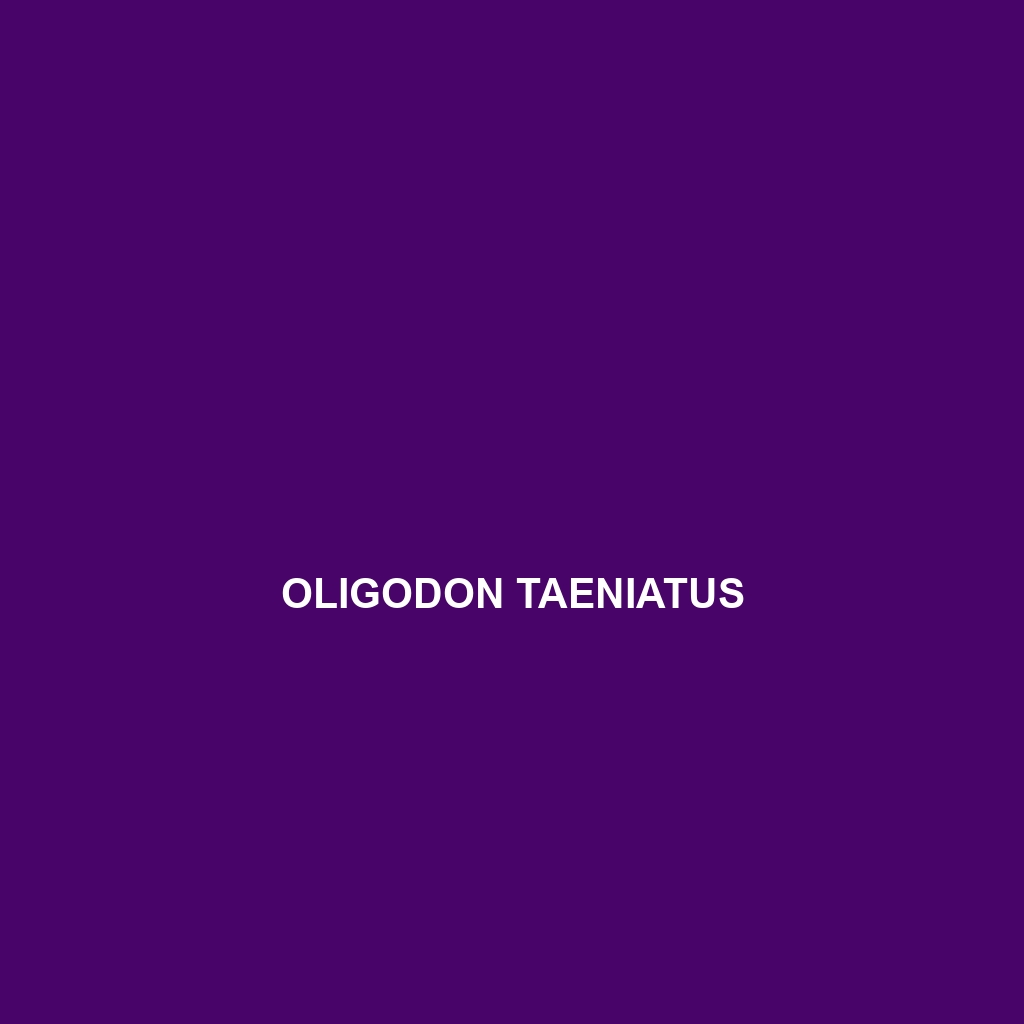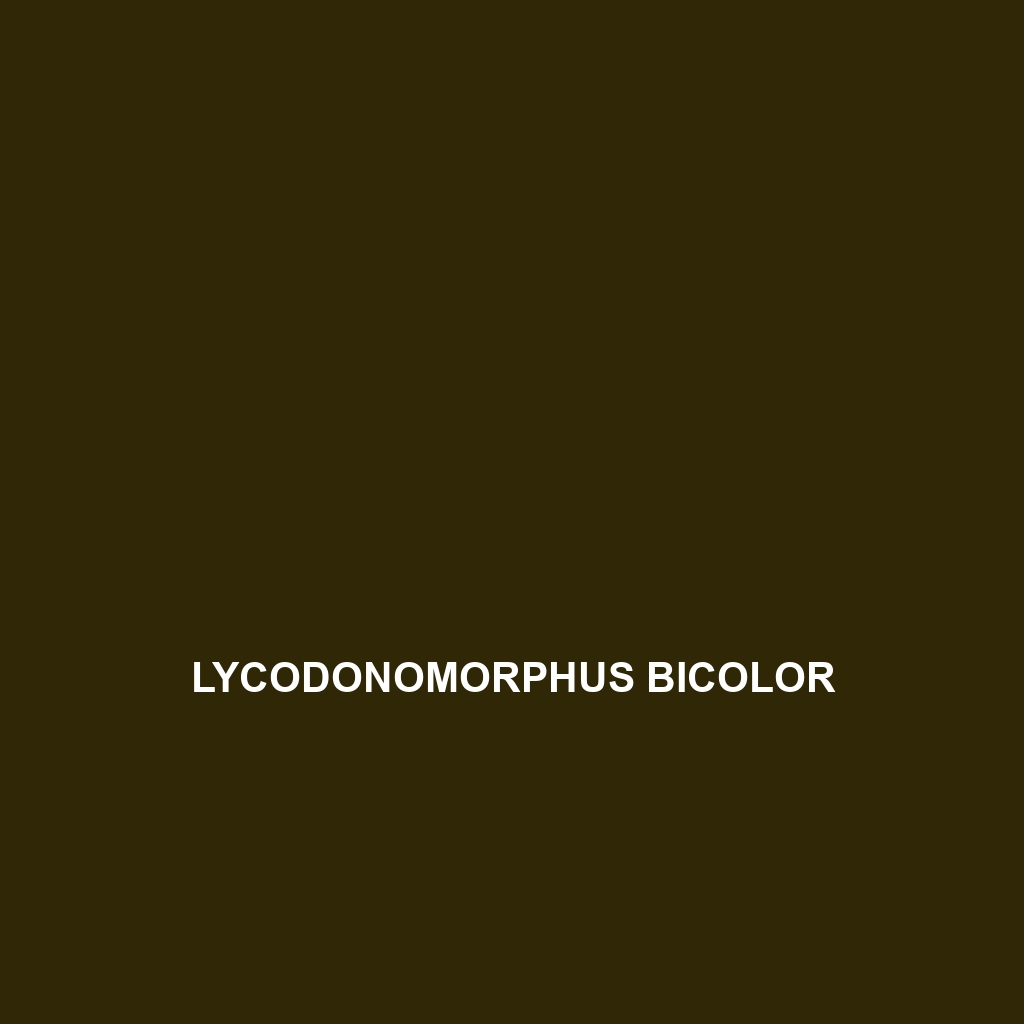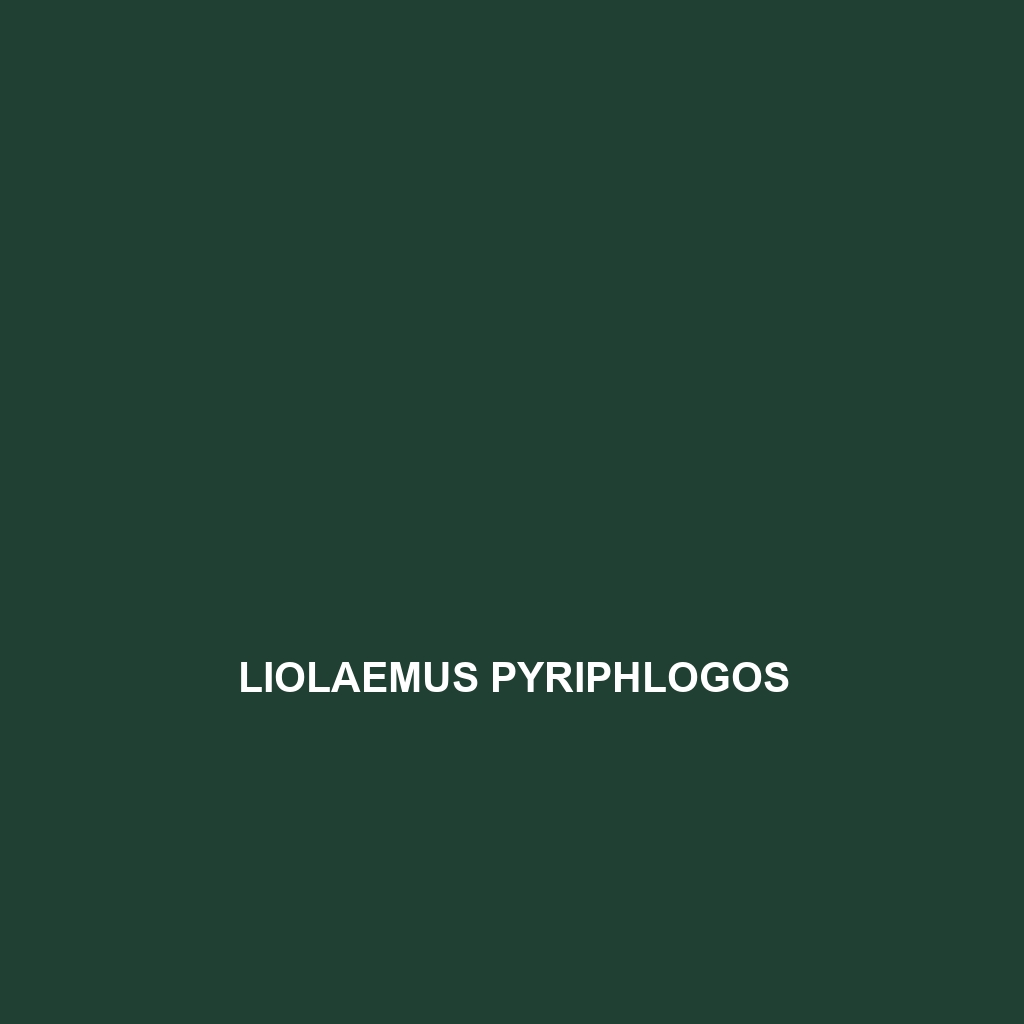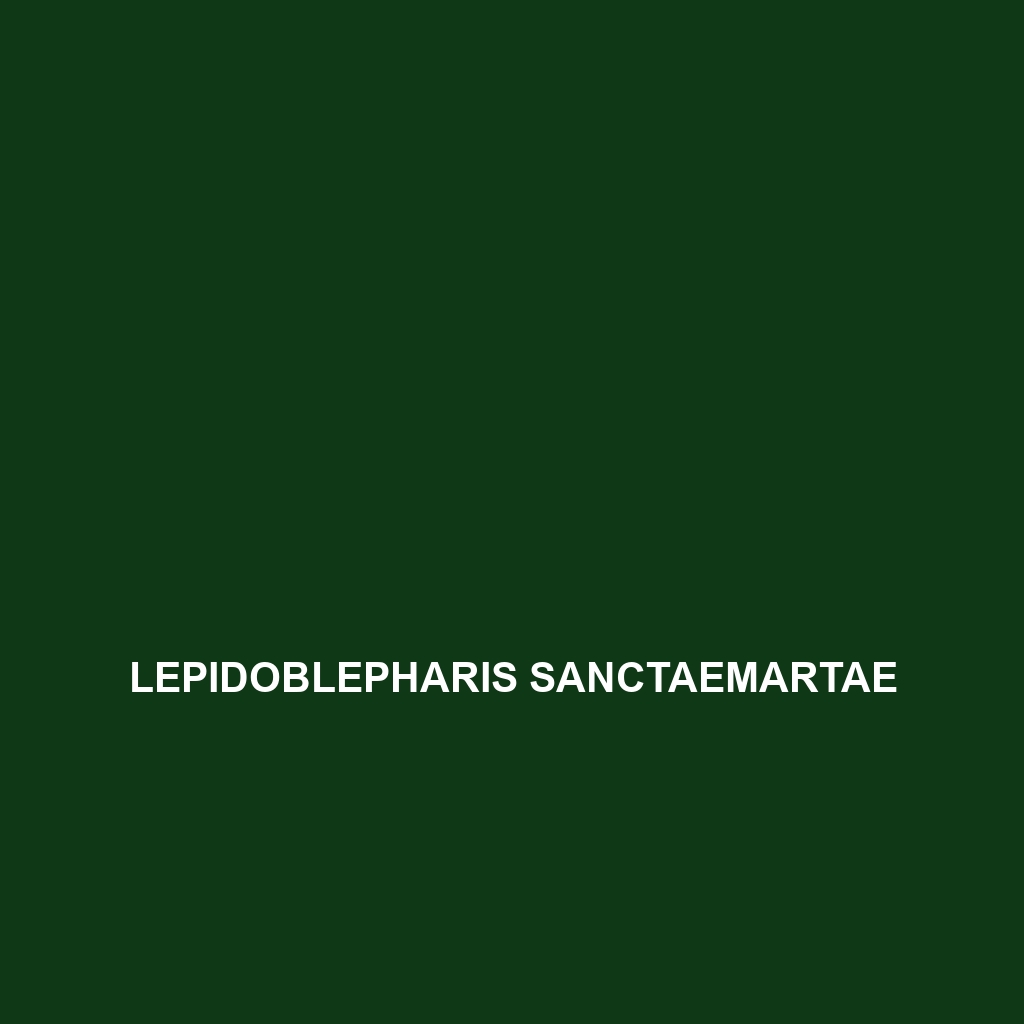Toxicocalamus goodenoughensis: A Comprehensive Species Description Introduction Toxicocalamus goodenoughensis, commonly known as Goodenough Island’s brown snake, is a fascinating species belonging to the family Elapidae. Primarily known for its neurotoxic venom, this snake has garnered attention not just for its dangerous potential but also for its unique ecological niche on Goodenough Island in Papua New […]
Tag: wildlife conservation strategies.
Sphenomorphus consobrinus
Discover the <b>Sphenomorphus consobrinus</b>, commonly known as the eastern skink, a diurnal insectivore native to Southeast Asia's rainforests and savannas. This agile skink can reach lengths of 20 to 25 cm, showcasing distinctive gray or brown coloration, smooth scales, and a unique ability to regrow its tail, playing a vital role in maintaining ecosystem balance.
Pinoyscincus llanosi
<p>Discover the <b>Pinoyscincus llanosi</b>, or Llanos skink, a vibrant lizard native to the rainforests of the Philippines. Measuring 10-15 cm, this adaptable insectivore features smooth, shiny scales and plays a crucial role in its ecosystem by regulating insect populations and serving as a food source for larger predators.</p>
Phyllodactylus saxatilis
<p><b>Phyllodactylus saxatilis</b>, commonly known as the rock gecko, is a 4-6 inch insectivore inhabiting tropical regions like Eleuthera Island in the Bahamas. With its unique camouflage and nocturnal behavior, it plays a vital role in maintaining ecological balance by controlling insect populations and serving as prey for larger predators.</p>
Oligodon sublineatus
The Oligodon sublineatus, commonly known as the Striped Kukri Snake, is a medium-sized, nocturnal snake native to Southeast Asia and the Indian subcontinent, characterized by its elongated body, distinctive bold stripes, and a diet primarily consisting of small vertebrates and invertebrates. This species plays a crucial role in its ecosystem, aiding in the control of prey populations while thriving in diverse habitats such as rainforests and savannas.
Oligodon fasciolatus
Discover the Oligodon fasciolatus, or striped Kukri snake, a medium-sized, nocturnal predator native to Southeast Asia, characterized by its distinctive dark banding and adaptability to various habitats. This species plays a crucial role in maintaining ecosystem balance by regulating small vertebrate and insect populations.
Lycodonomorphus bicolor
The Two-colored Lycodonomorphus (Lycodonomorphus bicolor) is a striking, medium-sized snake unique to West and Central Africa, distinguished by its smooth green and brown body adorned with yellow or cream bands. Primarily nocturnal, this carnivorous species adeptly hunts small mammals and birds, playing a crucial role in maintaining ecological balance within subtropical and temperate forest habitats.
Lobulia lobulus
<p><b>Lobulia lobulus</b> is a vulnerable species primarily found in the tropical rainforests and coastal habitats of South America, showcasing a distinctive blend of vibrant greens and browns, and exhibiting remarkable social behaviors and adaptability in its diet and environment.</p>
Liolaemus pyriphlogos
<p><b>Liolaemus pyriphlogos</b>, also known as the Pyriphlogos Lizard, is a unique species found in temperate forests and high-altitude regions of Chile and Argentina. This slender, diurnal insectivore exhibits variable coloration for camouflage, thrives in volcanic soils, and plays a significant role in its ecosystem.</p>
Lepidoblepharis sanctaemartae
Lepidoblepharis sanctaemartae, also known as the Santa Marta gecko, is a vibrant insectivorous lizard found in the tropical rainforests of Colombia's Sierra Nevada de Santa Marta. Notable for its striking coloration and excellent climbing abilities, this vulnerable species plays a vital role in maintaining ecological balance within its habitat.









